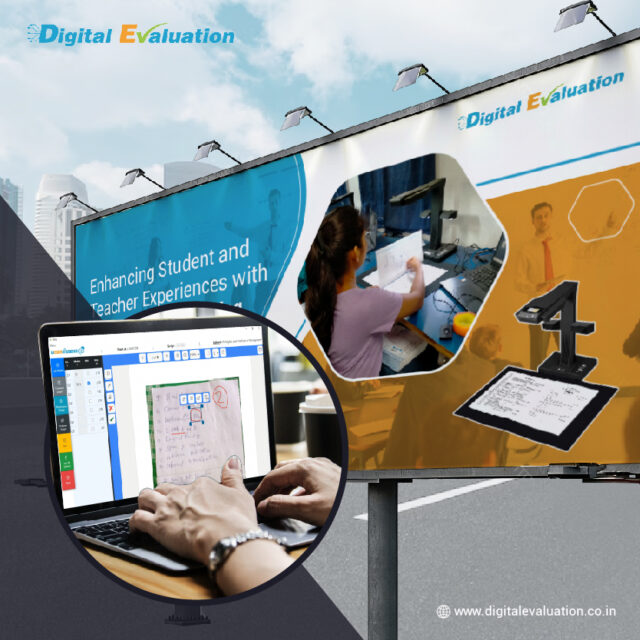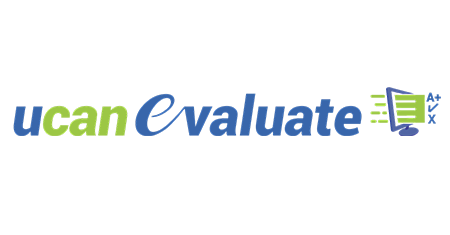The traditional image of educators hunched over piles of paper, red pen in hand, is slowly fading. In its place, the future of evaluation is arriving: on-screen marking.
This digital shift in assessment practices offers numerous advantages for both educators and students. It is also streamlining the evaluation process and paving the way for a more efficient and effective learning environment.

- Efficiency and Speed:
One of the most significant advantages of on-screen marking is its sheer efficiency. Grading large numbers of assessments can be a time-consuming task, consuming valuable time that teachers could dedicate to lesson planning, providing feedback, or supporting students.
On-screen marking platforms automate repetitive tasks like adding marks, calculating scores, and generating reports. This frees up educators’ time, allowing them to focus on more strategic aspects of their roles.
- Enhanced Accuracy and Consistency:
Human graders are susceptible to fatigue and bias, leading to inconsistencies in grading, particularly for subjective assessments. On-screen marking platforms use pre-defined rubrics and standardized criteria to ensure consistent and accurate evaluation across all student work.
Additionally, the ability to easily review previous responses and annotations helps maintain consistent grading standards throughout the assessment process.
- Richer Feedback and Insights:
On-screen marking platforms go beyond simply assigning a grade. Many offer features that allow educators to provide more detailed and insightful feedback to students. This might include embedding comments directly within answer sheets, highlighting specific strengths and weaknesses, or utilizing multimedia annotations like audio recordings or video clips.
Students can then access this detailed feedback immediately after the assessment, allowing for a more personalized and effective learning experience.
- Improved Accessibility and Flexibility:
On-screen marking platforms generally offer greater flexibility for both educators and students. Educators can access and grade assessments from anywhere with an internet connection, eliminating the need to be physically present in a classroom.
Additionally, on-screen marking tools often incorporate accessibility features like text-to-speech conversion or screen reader compatibility, catering to students with diverse learning needs.
- Streamlined Data Management and Reporting:
On-screen marking platforms generate comprehensive reports and data visualizations that provide valuable insights into student performance and learning progress.
Educators can easily track individual and class-wide trends, identify areas of strength and weakness, and tailor their teaching strategies accordingly. This data-driven approach to assessment empowers educators to make informed decisions for improving student learning outcomes.
- Collaboration and Communication:
On-screen marking platforms can facilitate communication and collaboration between teachers. Educators can share best practices, review each other’s annotations, and discuss student responses, fostering a more collaborative learning environment for both educators and students.
Challenges and Considerations:
While on-screen marking offers numerous advantages, it’s important to acknowledge potential challenges. Ensuring reliable internet access and proper training for educators on using the platforms are crucial for successful implementation.
Additionally, concerns around potential bias within algorithms used for automated grading require careful consideration.
Conclusion
On-screen marking is not meant to replace traditional forms of assessment entirely. However, it offers a powerful tool that can improve efficiency, accuracy, and the overall effectiveness of the evaluation process.
By embracing on-screen marking alongside other assessment strategies, educators can create a more personalized and engaging learning environment for students, ultimately shaping a brighter future for education.

